The long-awaited cherry season is approaching in Spain, and the first fruits will be delivered in less than a month from greenhouses such as that of Fruit Luxury, in Huesca. "We expect to harvest the first volumes between April 15 and 20," says Javier de Pablo Camarasa, agronomist and manager of the company.
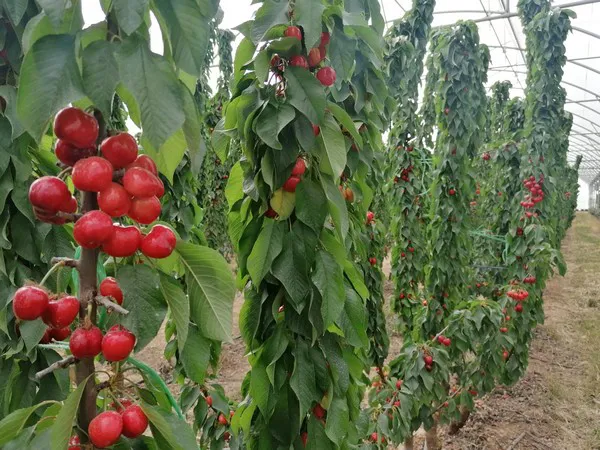
"I launched this project of growing cherries in greenhouses together with my father 20 years ago. We started with heating inside the greenhouses when temperatures dropped in November and December, but we are getting fewer and fewer hours of cold and the arrival of the fruit is being delayed because the varieties we planted at the time can no longer take the current conditions. That is why we are now in the middle of a varietal replacement process."
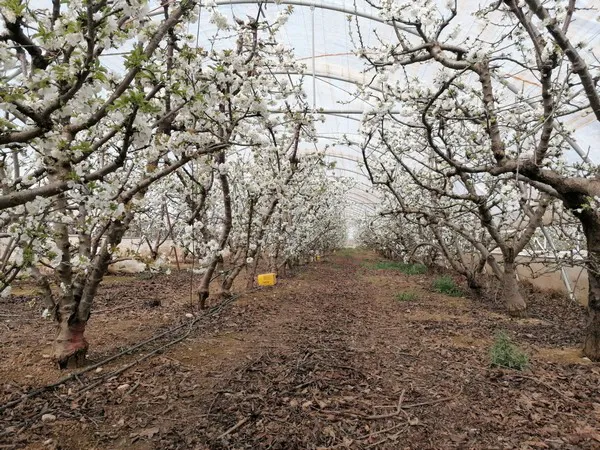
As Javier explains, in just two decades, the area of Albalate de Cinca, in Huesca, has gone from an average of 800-900 hours of cold to barely 400, "which means that we have to wait until the end of January for the tree to have accumulated the necessary amount of cold to wake up and start flowering. However, some low and low-mid dormancy varieties are already on the market and we are working in a selection process to find out which ones are suitable for our area and our market."
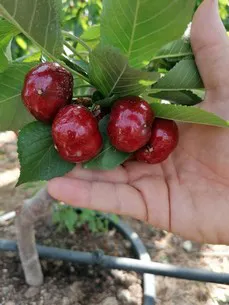
"This year, the flowering has already passed and now the fruit setting process is underway. The intense cold weather recorded in February and the warm weather afterwards appear not to have done much harm and we expect to obtain a reasonable production. In total, this season we expect to produce about 450,000 kilos of cherries, 50,000 of which will come from our greenhouses."
"The production is carried out by us at Fruit Luxury, and the Alba Group is in charge of marketing the fruit, which is exported mainly to the United Kingdom and Central Europe. Besides my family, the Alba Group has also been supporting us in every way to help make this project work," says Javier.
"In Aragón we have been suffering losses of up to 70-80% due to rain and frost for five years in a row."
His extensive experience, knowledge and specialization in the cherry sector have led Javier de Pablos to work as an international consultant for this crop in countries all the way from the EU environment to Azerbaijan or Uzbekistan, in Central Asia. "In the latter, two countries, cherry cultivation has been expanding a lot," says Javier. In fact, Uzbekistan is now the fifth largest producer of cherries in the world and the sixth largest exporter, while Azerbaijan is the tenth, ahead and already close to another neighbor in the region: Kazakhstan, as revealed by the latest data from Faostat. "Still, its market is very different from ours at many levels, and its exportable production goes mostly to Russia."
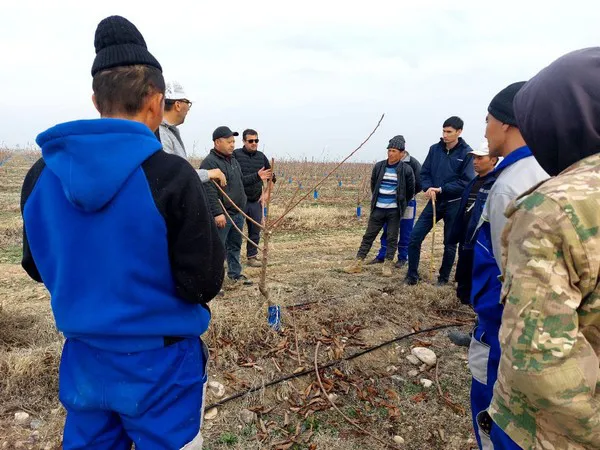
Javier de Pablos in Uzbekistan.
And of course, his advice is also reaching Spanish regions such as Murcia, where Javier de Pablos recently highlighted how Spain needs production systems for cherries, as well as for stone fruit in general, to deal with the adverse weather conditions that have significantly reduced the domestic harvest in recent years.
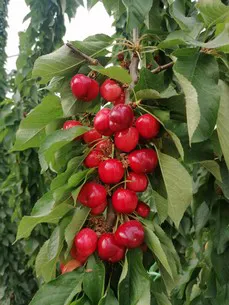
"Here in Aragon we have had 5 years in a row with losses due to the impact of rains and frost. Over that time, up to 70-80% of our open ground production has been lost. The production doesn't necessarily have to be kept under plastic, but the use of protective meshes to ensure at least part of the production survives should start to be considered. Otherwise, that production will likely continue to be harmed, and not only by the cold," says Javier.
"The heat is also taking a toll on the fruit and this is being noticed in the greater amount of 'double' fruit being harvested. This deformation occurs when the fruit sets after the tree has suffered very hot summer temperatures. Therefore, I advise producers to keep at least a part of our productions covered, because we work with small margins, and if we do not get more intensive, better protected and more profitable productions, we are going to have a very bad time in many parts of Aragon with the varieties that are neither early nor late."
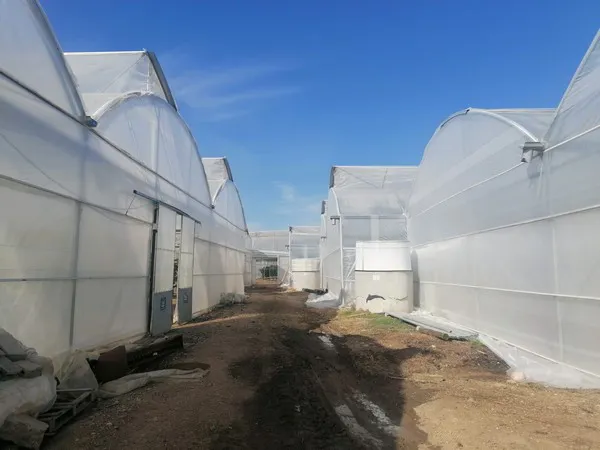
For more information:
Javier de Pablos Camarasa
Fruit Luxury Company S.L.
C/Belver, 14
22534 Albalate de cinca, Huesca. Spain
Tel.: +34 630 870 755
comercial@grupoalba.es
